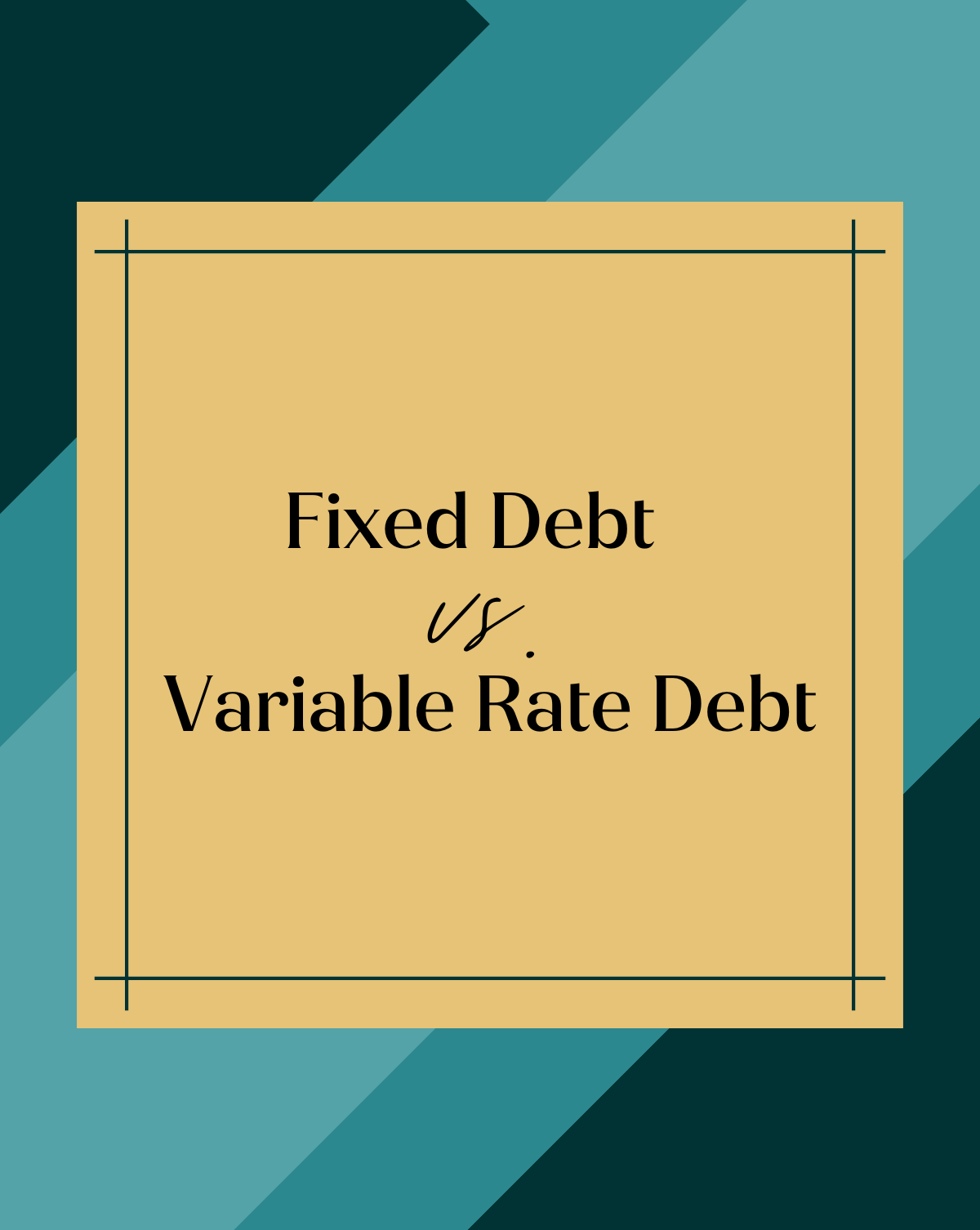
When paying off debt, you’ll want to figure out if your debt is a fixed rate or a variable rate.
With a fixed rate debt, your interest rate and monthly payment stay the same the entire life of the loan. When you take out the loan, the fixed rate tends to be higher. However, the payment stays the same regardless of whether or not interest rates as a whole are dropping or rising.
With a variable rate debt, your interest rate is tied to an underlying interest rate.
Your loan could be tied to one of several underlying rates. Two common underlying rates are:
- The Secured Overnight Financing Rate (SOFR) – a measure of the cost of borrowing cash overnight
- The U.S. Prime Rate – the rate that a commercial bank offers to its best, least risky customers
Regardless, if your rate isn’t fixed, it will change as the Federal Open Markets Committee changes the Federal Funds Rate.
All banks have to set aside some amount of cash to keep the financial system stable. When a bank is short on cash, it will borrow dollars temporarily from another bank at the Federal Funds Rate.
In time of rising inflation, the Federal Reserve will likely raise the Federal Funds rate to try to calm consumer demand in an attempt to rein in inflation.
When the Federal Funds Rate increases, this increases the cost of lending overall, meaning your rate will also change.
If you have a variable rate debt, your payment will increase as both the Federal Funds Rate and the underlying rate on your loan increases. If you have a large loan, a small increase in rates can lead to a big jump in monthly payments.
Do you have a plan of how to deal with an increase in your monthly payments?